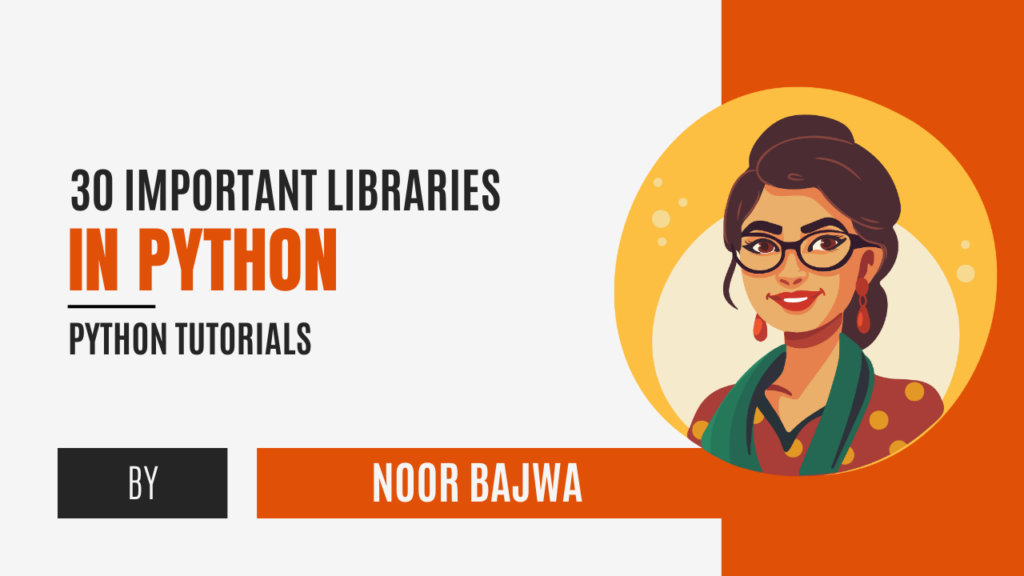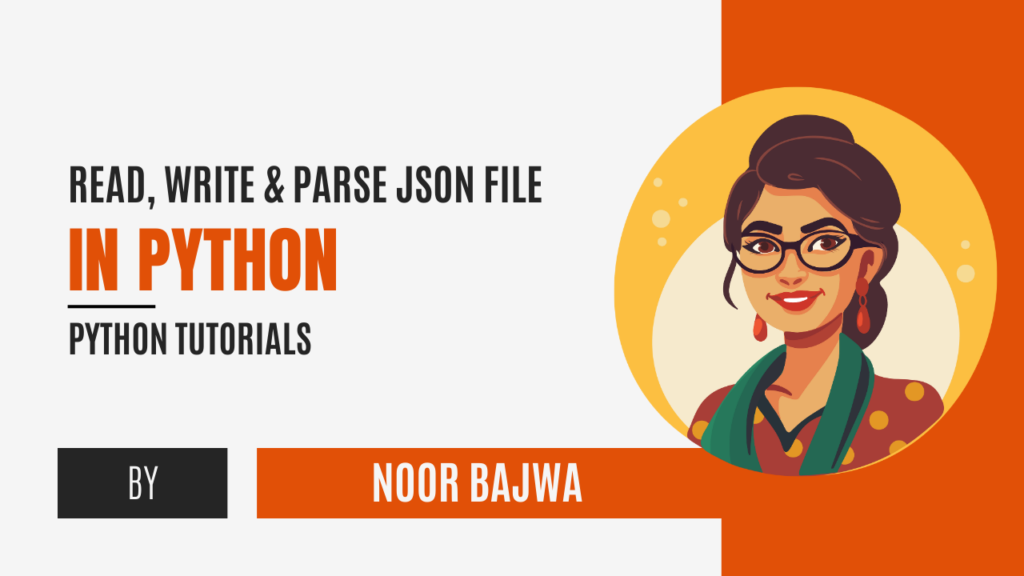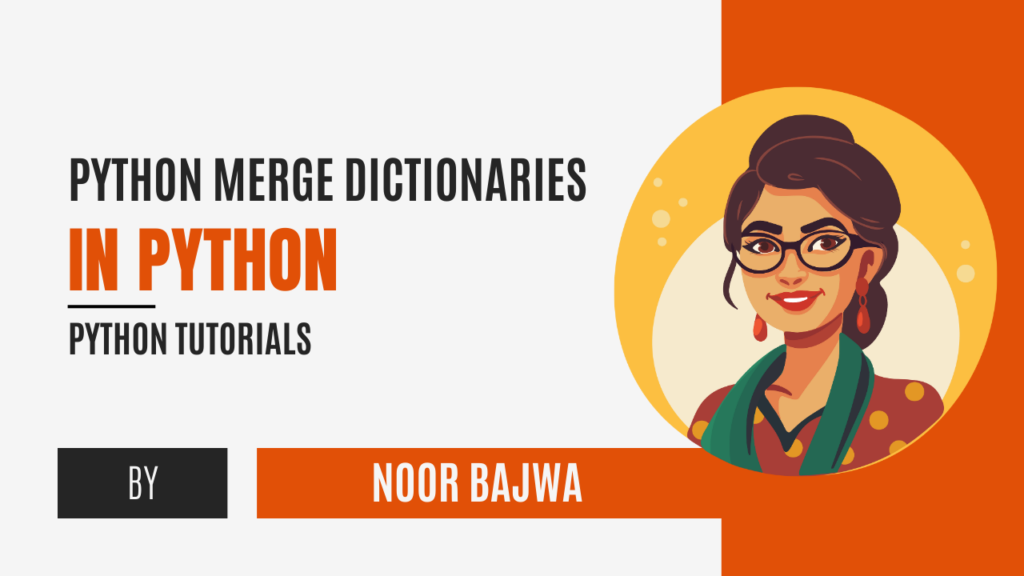Top 20 Java Projects Ideas for Beginners to Practice in 2024
Introduction to the List Java Project Ideas 2024 If you’re on the lookout for engaging and innovative Java project ideas, you’ve come to the right place. Our carefully curated list includes projects suitable for students, beginners, and those looking to build their portfolio. From final year projects to ideas with readily available source code, you’ll …
Top 20 Java Projects Ideas for Beginners to Practice in 2024 Read More »









